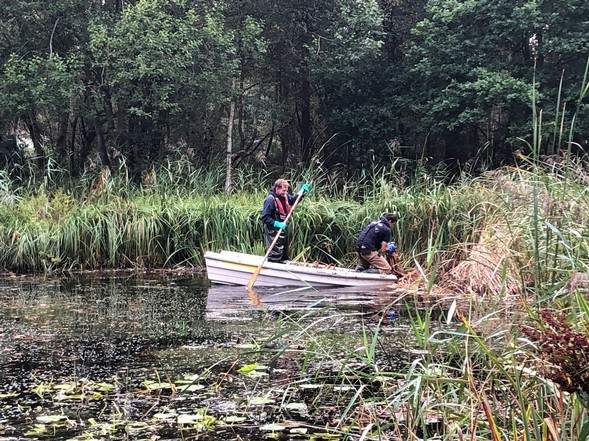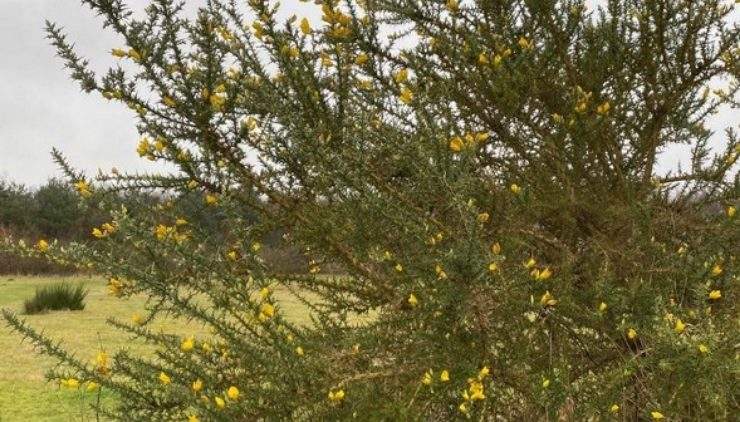The Signs of Autumn
- Categories:
- Nature

The end of another growing season and the ponds are showing all the signs of Autumn.
This is the busiest time of the year as far as maintenance goes. All our water bodies have an abundance of aquatic plants, and now is the time to undertake the works required to ensure that the ponds look their best next year.
Native aquatic plants are often fast growing and left unchecked can take over a pond. Removal of encroachment is essential and October to December maintenance allows us to restore balance without compromising the wildlife.
Over the next few weeks it will be common to see piles of reeds etc on the banks of the ponds. They are left on the edge to allow any pondlife to make their way back into the water.
In time the piles will be removed and composted. In some situations you may also see that reed beds have been cut down and the tops removed. This prevents excessive silting and will ensure a nice new lush green reed bed the following year.
Management of aquatic plants is essential and we aim to keep plenty of stock with a good mix of variety. Between them, the plants attract insects, oxygenate the water, filter the water, provide habitat and food for pond inhabitants and are aesthetically pleasing.
The root systems and submerged stems of the plants also provide sanctuary from predators for the fish. This is particularly vital in the Fishing pond which is predated by Otter, Cormorants, and Herons. You will notice semi submerged fallen trees which have a complex branch structure. Combined with the reed beds, this gives our fish the best possible chance of surviving the winter.
The ponds at Kelling Heath are used to educate School children, are utilised throughout the summer with Guest events, and enhance the biodiversity on Park. The ponds are just one part of our Countryside management plan. This exists to ensure that we are doing the best we can for the Park’s outdoor space and the wildlife.


